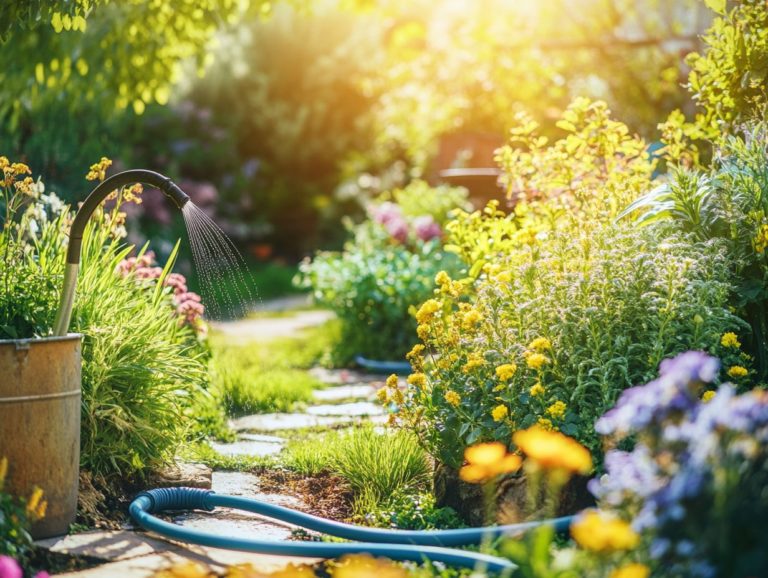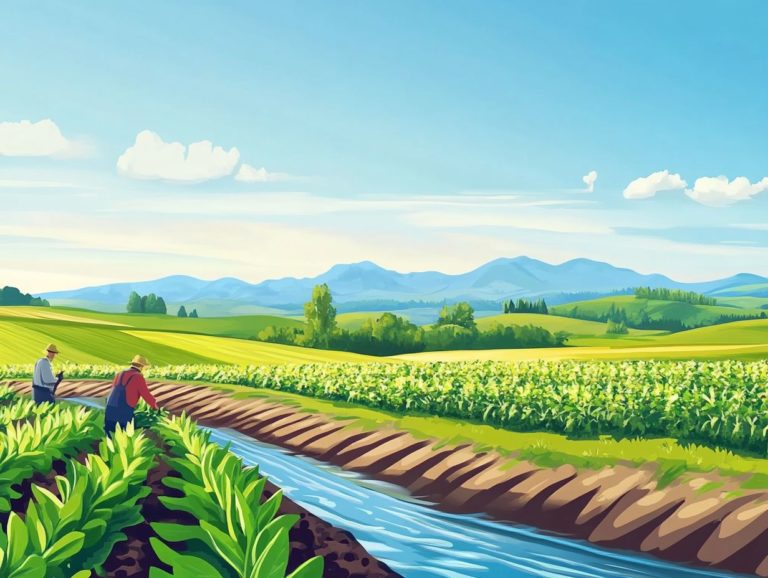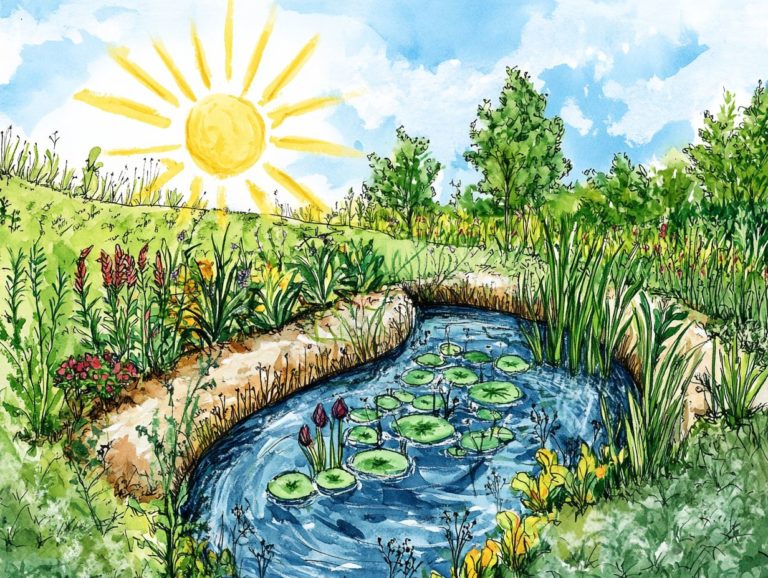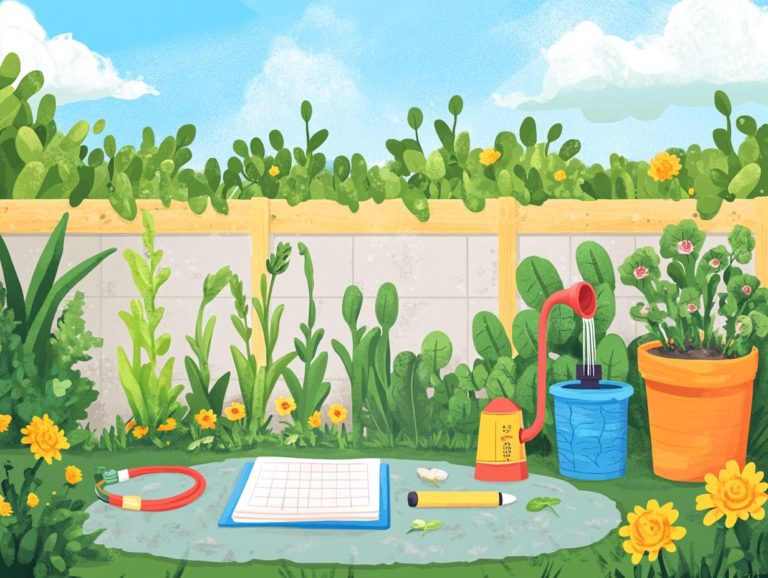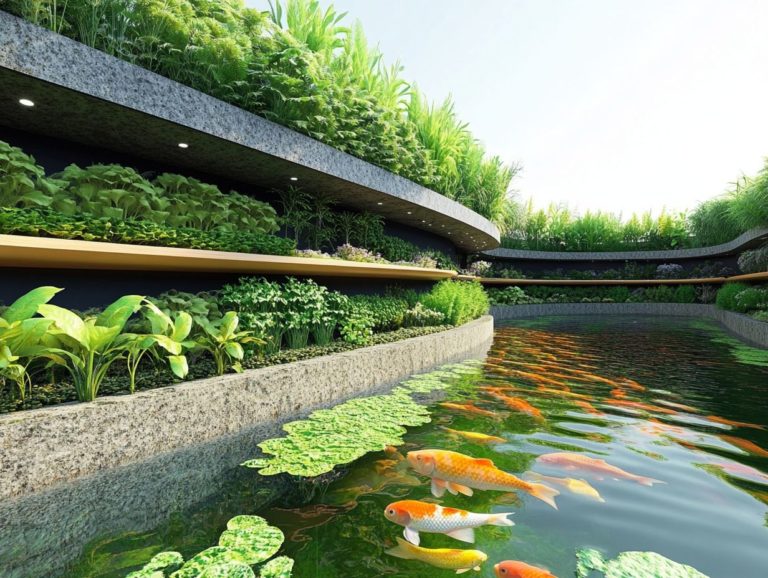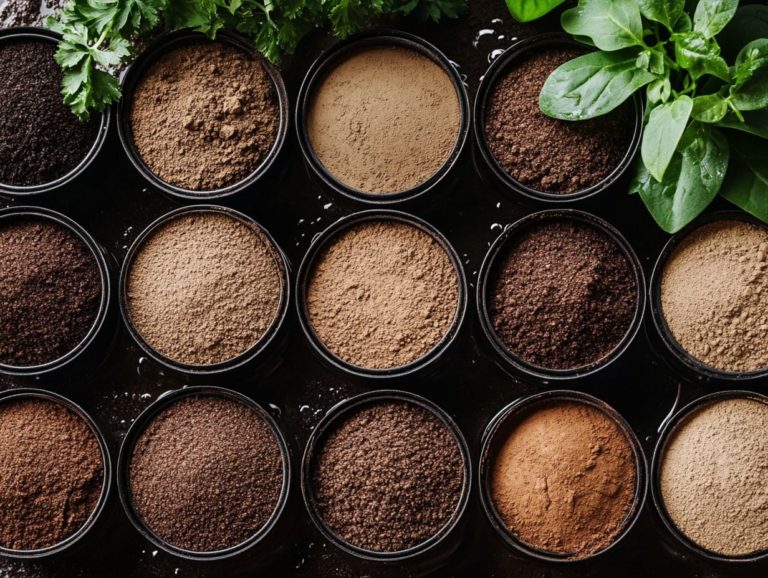5 Ways to Encourage Water Infiltration
Water infiltration is crucial for managing stormwater and supporting a healthy ecosystem. Urbanization makes enhancing this natural process increasingly important.
This discussion explores five innovative methods to encourage water infiltration. From creating rain gardens to installing rain barrels, these techniques are transformative.
Learn how native plants, permeable paving, and green roofs contribute to sustainable water management. These techniques can benefit both your home and the environment.
Contents
- Key Takeaways:
- 1. Transform Your Space with Rain Gardens
- 2. Plant Native Plants
- 3. Use Permeable Paving
- 4. Build a Green Roof
- 5. Install a Rain Barrel System
- What Is Water Infiltration and Why Is It Important?
- What Are the Benefits of Water Infiltration?
- How Does Water Infiltration Help the Environment?
- What Are the Different Methods for Encouraging Water Infiltration?
- What Factors Should Be Considered When Implementing Water Infiltration Techniques?
- How Can Individuals Contribute to Water Infiltration in Their Homes?
- Frequently Asked Questions
- What are the benefits of encouraging water infiltration?
- How can I encourage water infiltration in my yard?
- Why is mulching important for water infiltration?
- What types of plants are best for promoting water infiltration?
- How does using rain barrels encourage water infiltration?
- Are there any other ways to encourage water infiltration?
Key Takeaways:
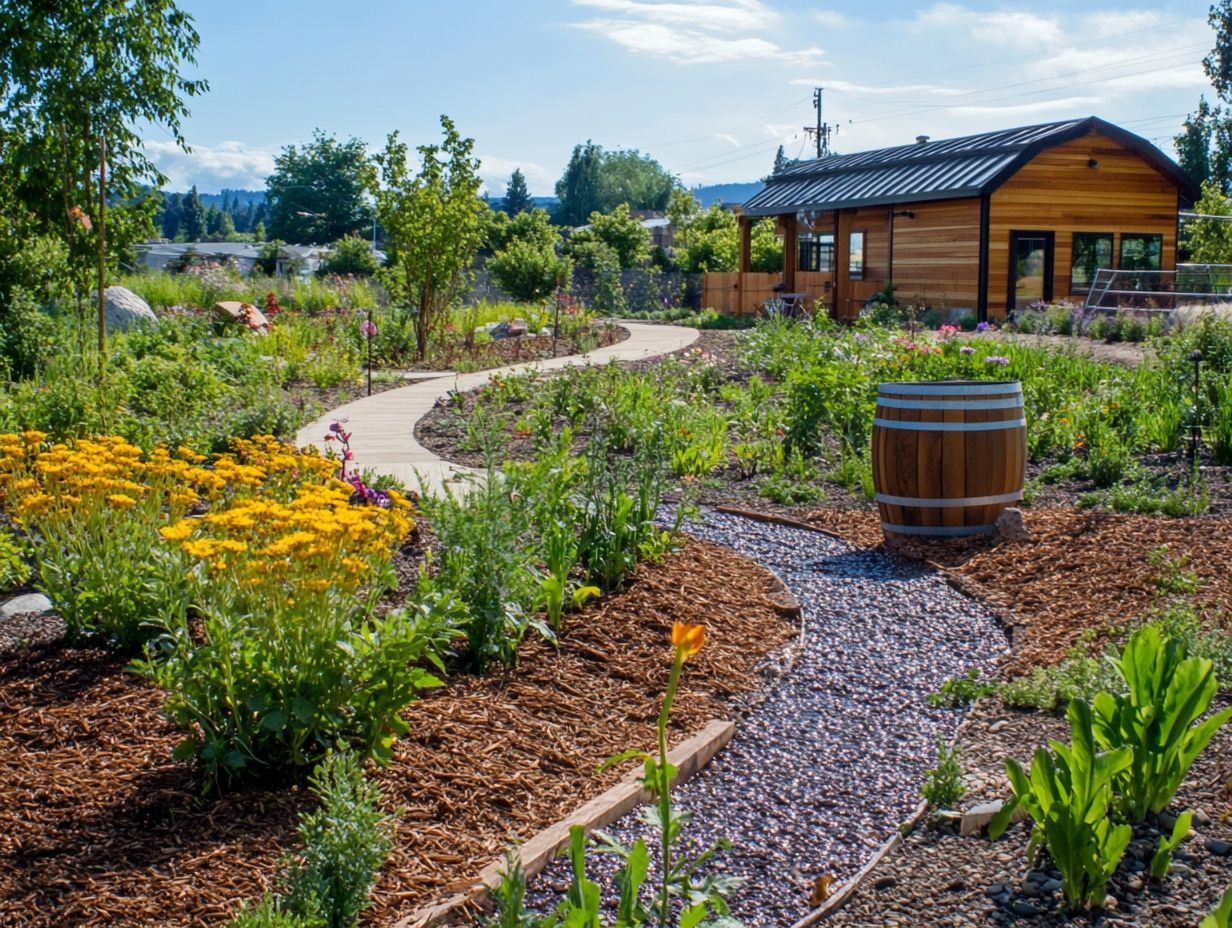
- Incorporate rain gardens into your landscaping to promote water infiltration and reduce runoff.
- Choose native plants for deeper roots and improved soil permeability.
- Opt for permeable paving materials, like pervious concrete or gravel, to allow water to seep into the ground.
1. Transform Your Space with Rain Gardens
Rain gardens are an innovative way to manage stormwater. They help with the challenges that communities face, benefiting local groundwater and enhancing urban landscapes.
Focus on choosing the right soil composition for healthy drainage and selecting native plants that thrive in your area. This approach boosts biodiversity and reduces maintenance.
Smart sensors can monitor moisture levels, allowing real-time adjustments for optimal performance. Cities have successfully used rain gardens to reduce surface runoff and improve water quality.
2. Plant Native Plants
Planting native plants is vital for promoting biodiversity and improving water infiltration in cities. These plants adapt well to local environments, needing less water and chemicals.
By incorporating native flora, you create habitats that support local wildlife, including essential pollinators like bees and butterflies. This helps maintain a healthy ecosystem.
Native plants enhance soil health and control erosion, significantly reducing runoff. They also prevent non-native species from disrupting local ecosystems.
Embracing native landscapes restores ecological balance while providing aesthetic and economic benefits. They can increase property values and enrich community life.
3. Use Permeable Paving
Permeable paving is a smart way to manage water. It allows stormwater runoff to seep through, helping water move into the ground. This reduces pressure on municipal sewer systems and supports a sustainable urban environment.
This approach uses materials like permeable concrete, interlocking pavers, and porous asphalt. Each material has unique advantages. These options significantly reduce flooding during heavy rainfall and enhance groundwater recharge, promoting healthier ecosystems.
Consider the success stories from cities that have adopted permeable paving. In one busy urban center, introducing permeable surfaces led to a 30% reduction in localized flooding within a year. It also improved groundwater quality by filtering out contaminants.
These examples show the real benefits of permeable paving in sustainable urban planning.
4. Build a Green Roof
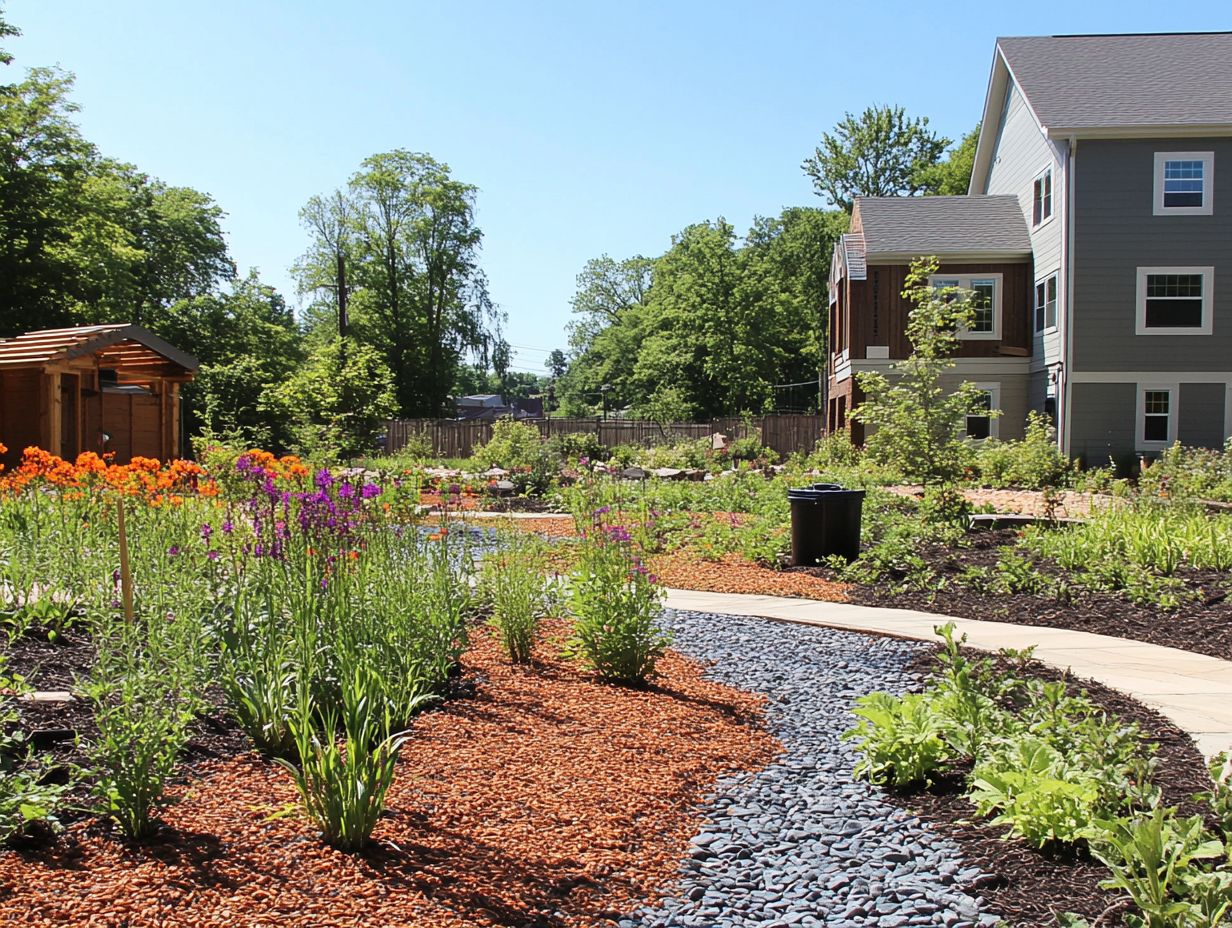
Integrating a green roof into your urban space offers multiple benefits. It enhances stormwater management and helps mitigate climate change through improved insulation and biodiversity.
Using careful design techniques like selecting native and drought-resistant plants allows you to create a thriving ecosystem that needs little maintenance. To keep plants healthy while saving water, use effective irrigation methods, such as drip systems or rainwater harvesting. Don t forget about the waterproofing layer, essential for preventing leaks and protecting your building.
The benefits extend beyond practicality. Green roofs can lower your energy costs by easing heating and cooling demands. Their lush aesthetic can increase your property s value and contribute to urban ecology by providing habitats for various wildlife species.
5. Install a Rain Barrel System
A rain barrel system is an easy and effective way to capture stormwater runoff. This helps you implement water control strategies that improve water infiltration and save valuable resources.
By adding these systems to your home, you can lower your water bills while positively impacting the environment. Typically, installing a barrel involves placing it beneath a downspout to collect rainwater from your roof.
Regular maintenance, like clearing debris from the barrel and ensuring the spout is clean, keeps your system working well. Reusing rainwater offers many environmental benefits; it can support gardening, wash cars, and even flush toilets, making it a versatile home addition.
What Is Water Infiltration and Why Is It Important?
Water infiltration is how water seeps into the soil and joins underground layers that store water, known as aquifers. This process is vital for sustainable stormwater management and overall environmental health, especially as climate change challenges our ecosystems and urban infrastructures.
Think of infiltration as nature’s way of recharging aquifers, providing a steady source of clean water for plants, animals, and even people. Effective infiltration minimizes surface runoff, which can cause erosion and flooding, helping to create a more stable environment.
Successful infiltration also supports local plants by maintaining soil moisture levels and creating homes for diverse wildlife. However, inadequate infiltration can lead to problems. Excess runoff often carries pollutants into bodies of water, harming water quality and threatening aquatic life.
These challenges highlight the urgent need for effective water management strategies. We must enhance water infiltration to protect the ecological balance we all depend on.
Act now! Consider implementing these strategies to promote better water management in your community.
What Are the Benefits of Water Infiltration?
Water infiltration offers a wealth of benefits, from enhancing groundwater recharge to improving healthy environments and providing effective stormwater management that can alleviate flooding and reduce urban runoff.
This natural process is essential for thriving local environments! It allows rainwater to seep into the soil, replenishing aquifers and maintaining the moisture levels essential for various plant species. By promoting effective water infiltration, you can reduce pressure on municipal sewer systems during heavy rainfall, significantly lowering the risk of overflows and strain on infrastructure.
Embracing water infiltration also helps mitigate the adverse effects of climate change, such as increasing storm intensity and preemptive flooding. This enhances community resilience and fosters healthier, more biodiverse ecosystems.
How Does Water Infiltration Help the Environment?
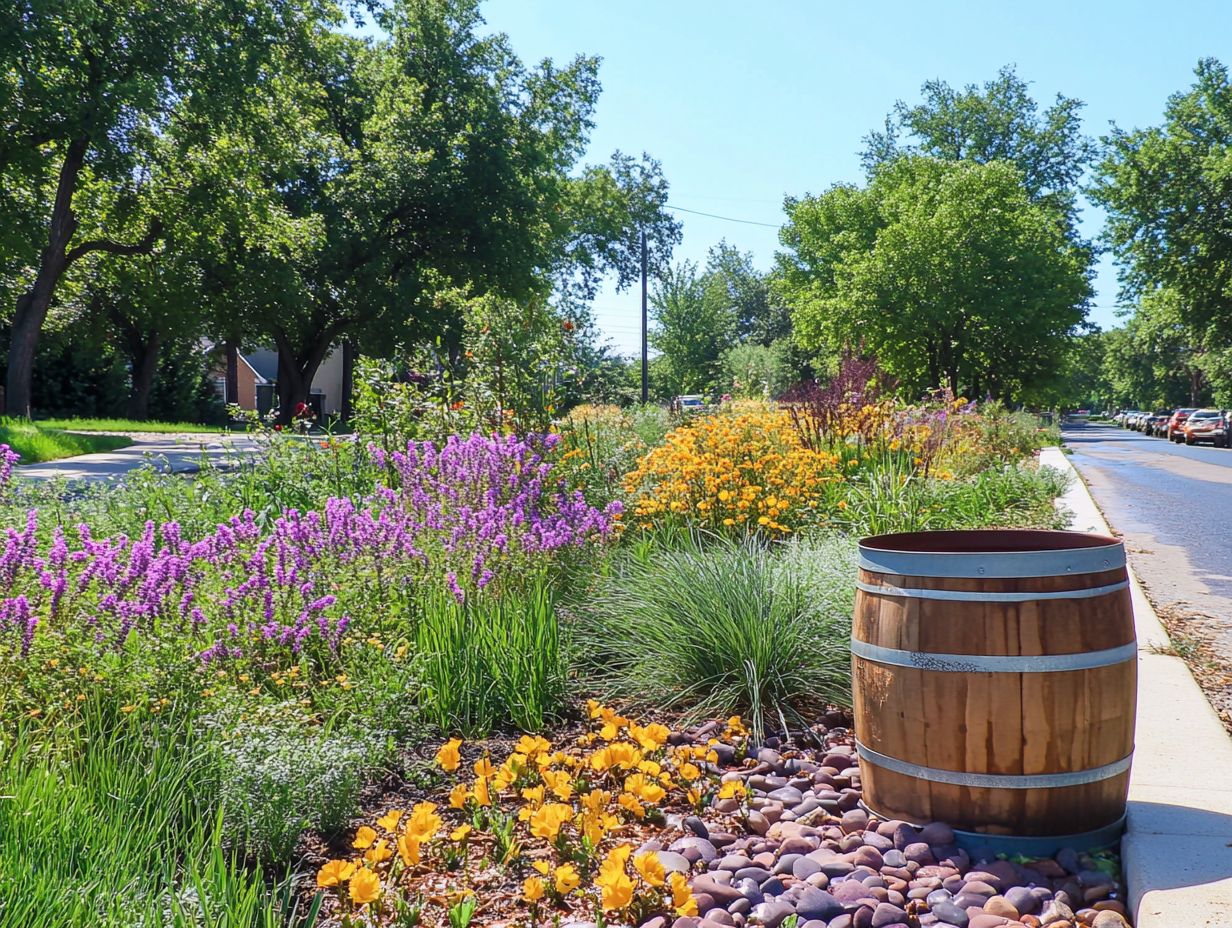
Water infiltration plays a vital role in maintaining ecological balance by replenishing groundwater supplies, supporting diverse plant and animal habitats, and mitigating the detrimental effects of stormwater runoff.
When water seeps into the soil, it nourishes plants and provides essential moisture for wildlife. It also functions as a natural filtration system, enhancing water quality by filtering out pollutants. In urban areas, solutions like green roofs and permeable pavements which allow water to pass through can greatly improve infiltration, relieving pressure on drainage systems and reducing flood risks.
In rural landscapes, practices such as contour farming and reforestation can significantly enhance the land’s capacity to absorb rainwater, fostering healthier ecosystems. These innovative methods promote biodiversity and ensure the sustainability of water resources for generations to come.
What Are the Different Methods for Encouraging Water Infiltration?
Encouraging water infiltration can be accomplished through various effective methods. Consider installing rain gardens, opting for permeable pavements, and cultivating native plants that enhance soil structure and promote better drainage. Additionally, exploring 5 ways to use water wisely in permaculture can further improve your water management strategies.
Municipalities can significantly benefit from integrating soil amendments, such as organic matter, to improve soil texture and enhance its water retention capabilities. Thoughtful landscaping choices, including swales and bio-retention areas, can effectively direct runoff to desired locations.
Innovative technologies, such as smart sensors, can monitor soil moisture levels, enabling timely irrigation and more efficient management of water resources. Successful case studies from cities like Portland demonstrate how implementing these strategies can reduce runoff and improve local water quality. This highlights the importance of a comprehensive approach to enhancing water infiltration for sustainable urban environments.
What Factors Should Be Considered When Implementing Water Infiltration Techniques?
When implementing water infiltration techniques, consider several factors, including soil types, climate conditions, existing infrastructure, and the specific ecological needs of the area.
These elements are crucial in determining how effectively water can be absorbed and managed within your landscape. For instance, sandy soils might allow for rapid infiltration, while clay soils could lead to water pooling, impacting both plant growth and local wildlife. Regional climate patterns like rainfall intensity and frequency dictate how these strategies are designed and how well they function.
It s also important to assess the current state of the surrounding infrastructure, such as sidewalks and drains, since they can either impede or facilitate water flow. Therefore, conducting a thorough evaluation of these local conditions is vital for customizing infiltration solutions that promote sustainability and ecological resilience.
How Can Individuals Contribute to Water Infiltration in Their Homes?
You can make a big difference today by using simple strategies. Install rain barrels, create rain gardens, and design green roofs to manage stormwater effectively.
Elevate your outdoor spaces by choosing drought-resistant plants. These plants need less water and excel at absorbing rainfall.
Consider adding landscaping features like water-absorbing pavers and swales. These help direct water away from your foundation while letting it seep back into the soil.
Practice water-efficient habits. Use mulch to keep soil moist and set up drip irrigation, which slowly waters plants right at the roots.
By adopting these practices, you foster a sustainable environment and boost your landscaping. You also contribute positively to the local ecosystem!
Frequently Asked Questions
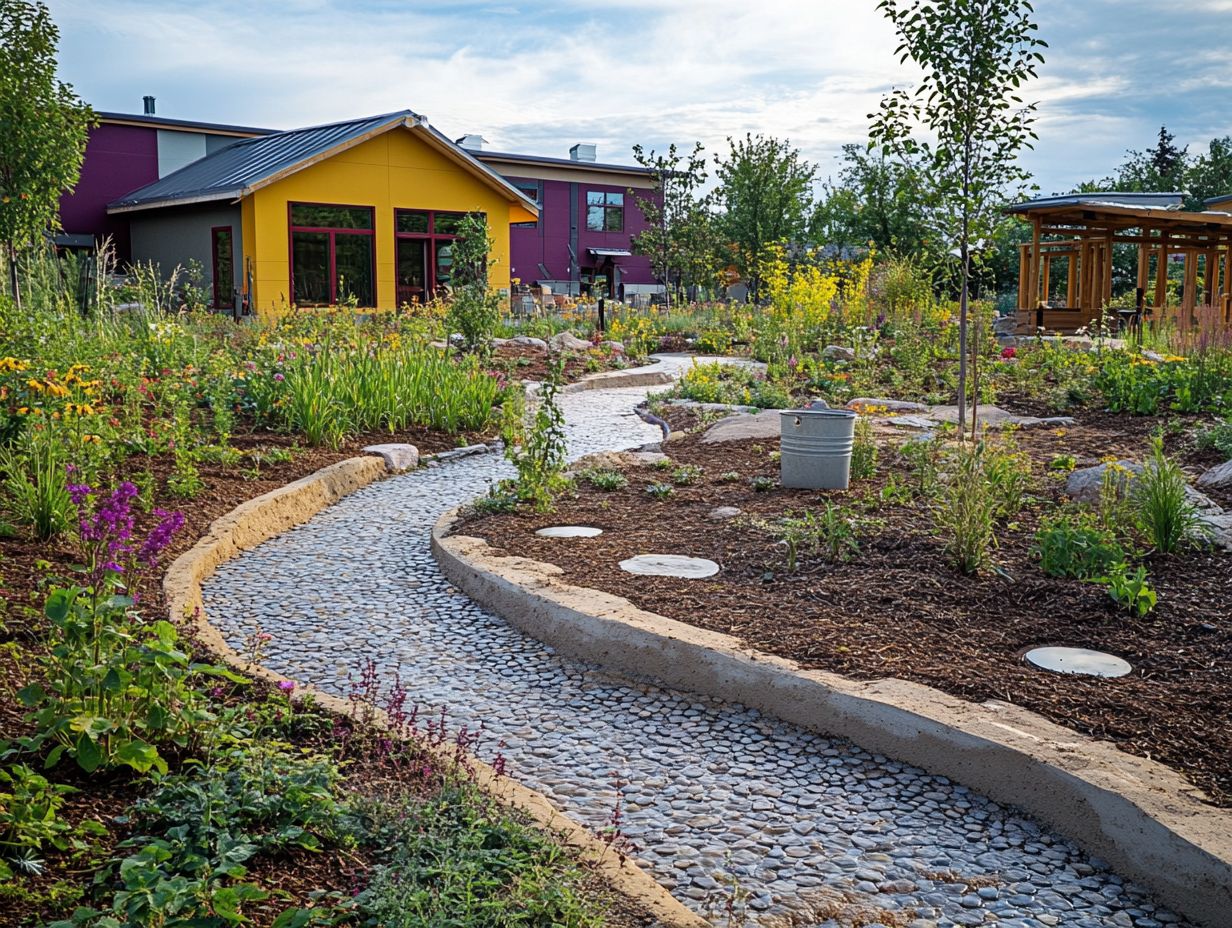
What are the benefits of encouraging water infiltration?
Encouraging water infiltration helps to replenish groundwater supplies, reduce erosion, and support healthy plant growth. Implementing 5 ways to reduce soil pollution can further enhance these benefits.
How can I encourage water infiltration in my yard?
There are several ways to encourage water infiltration. You can use water-absorbing paving materials, create rain gardens, and mulch garden beds. Additionally, exploring 5 ways to improve your soil’s water retention can further enhance your gardening efforts.
Why is mulching important for water infiltration?
Mulching helps maintain moisture in the soil and prevent runoff. This allows water to slowly infiltrate into the ground and nourish plants.
What types of plants are best for promoting water infiltration?
Plants with deep root systems, such as native grasses and shrubs, are ideal for promoting water infiltration. Their roots help to break up compacted soil.
How does using rain barrels encourage water infiltration?
Rain barrels capture and store rainwater. This reduces runoff and allows the water to slowly infiltrate into the ground instead of flowing off into storm drains.
Are there any other ways to encourage water infiltration?
Yes! Using compost in garden beds can improve soil structure and increase water infiltration, while also reducing the need for watering.

